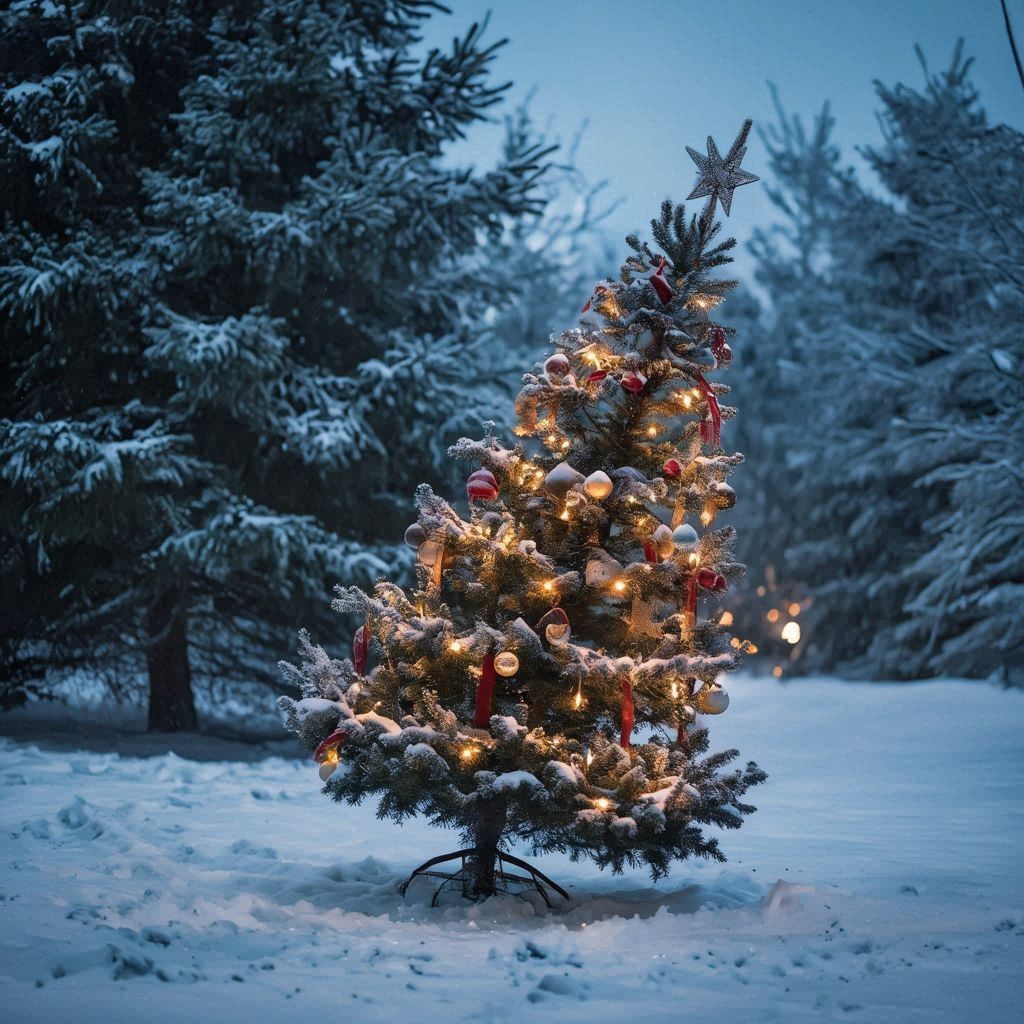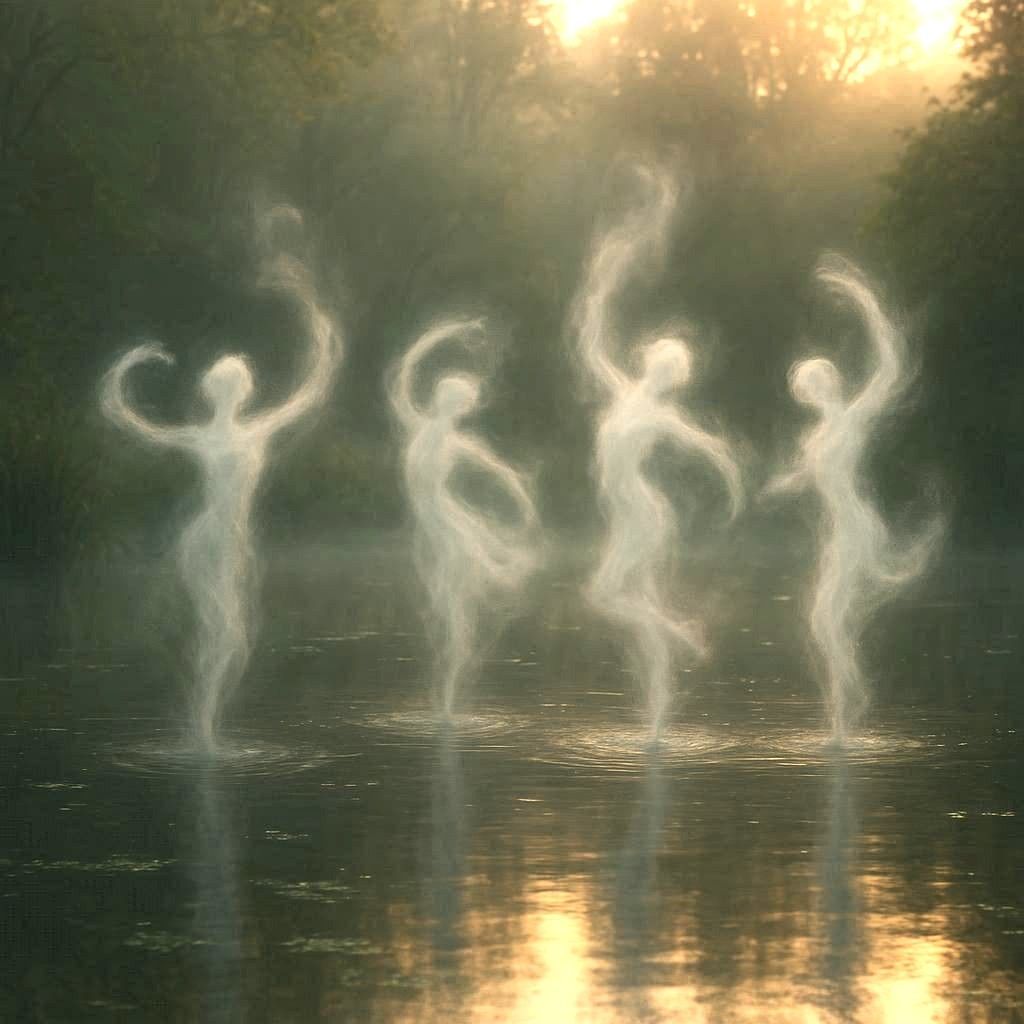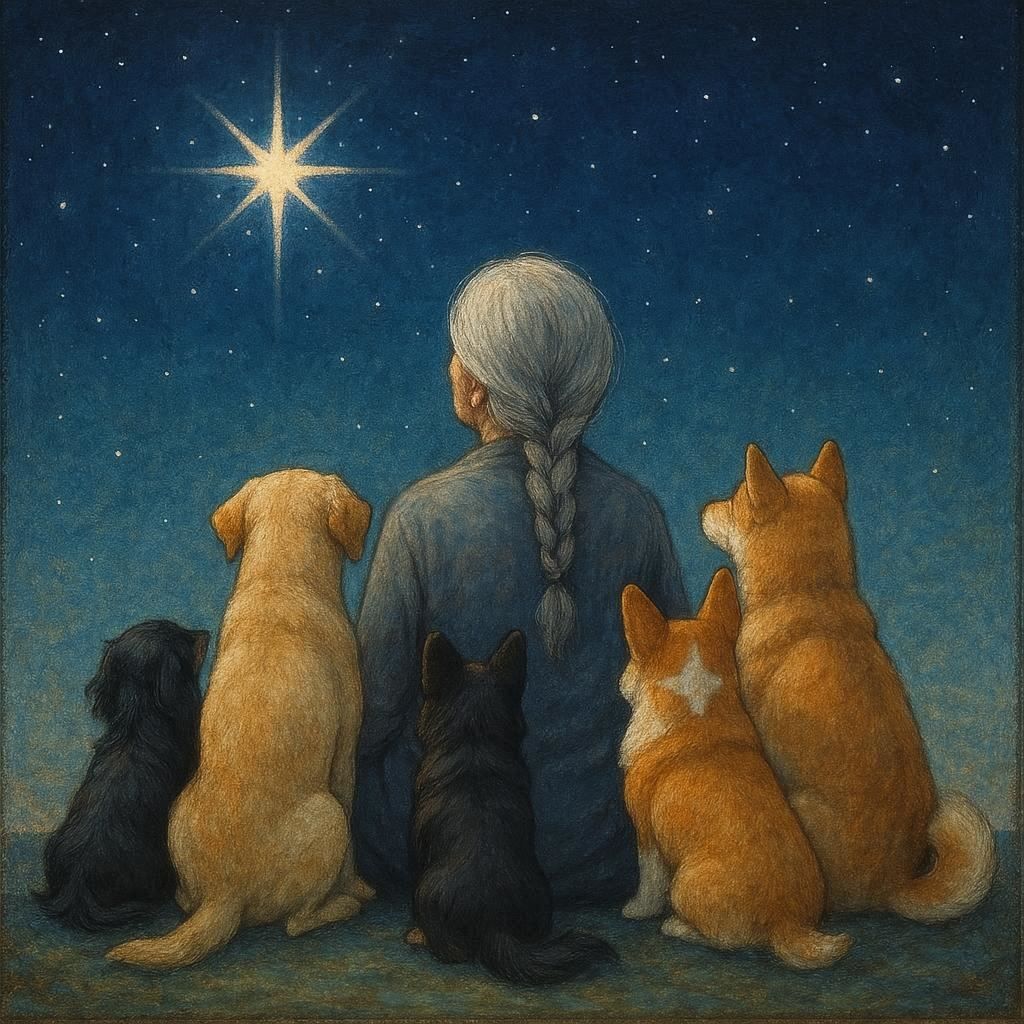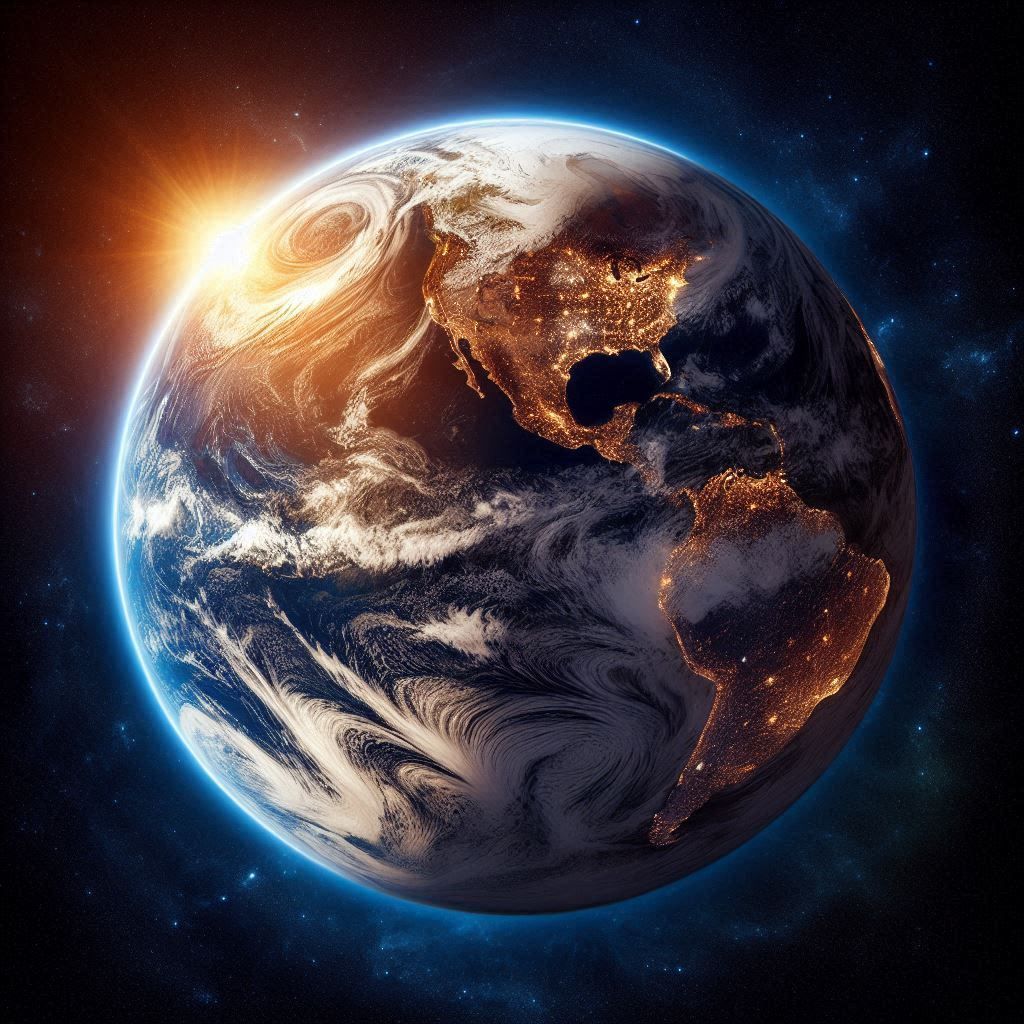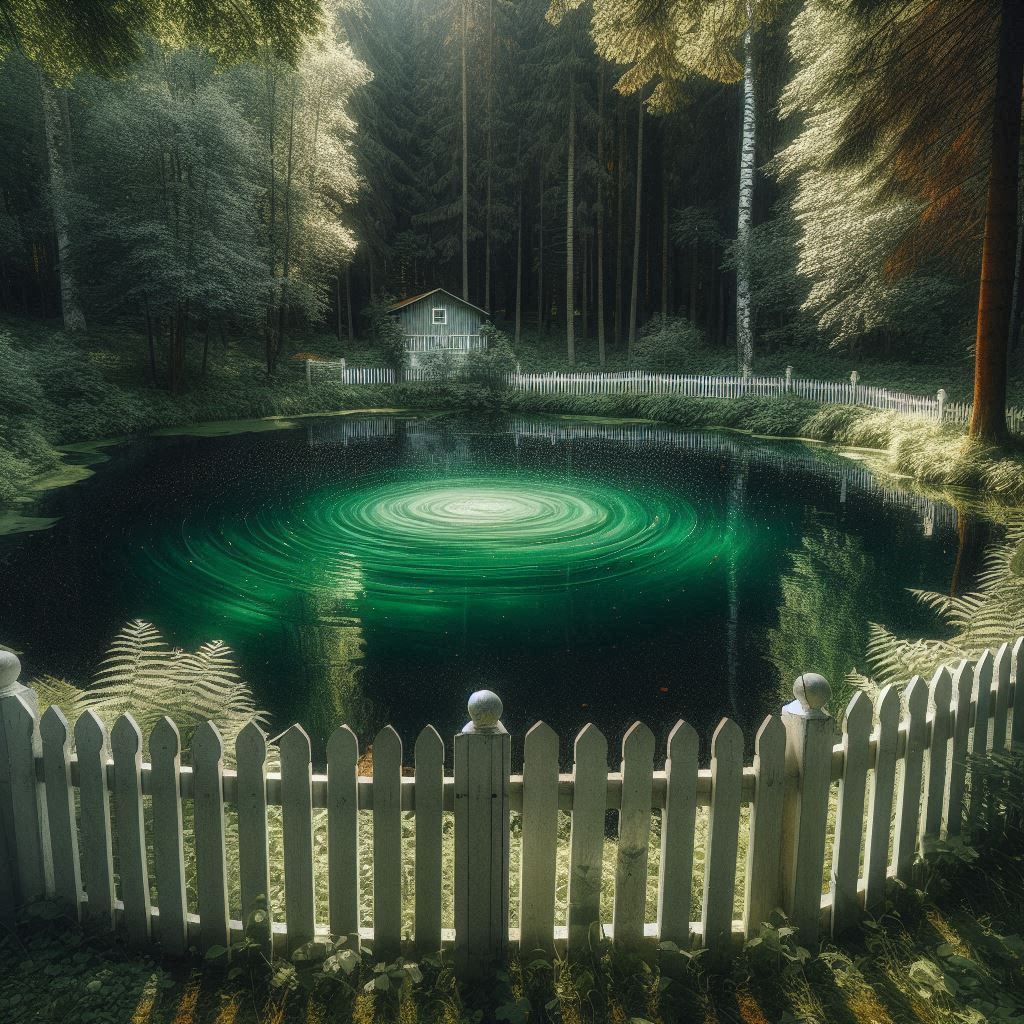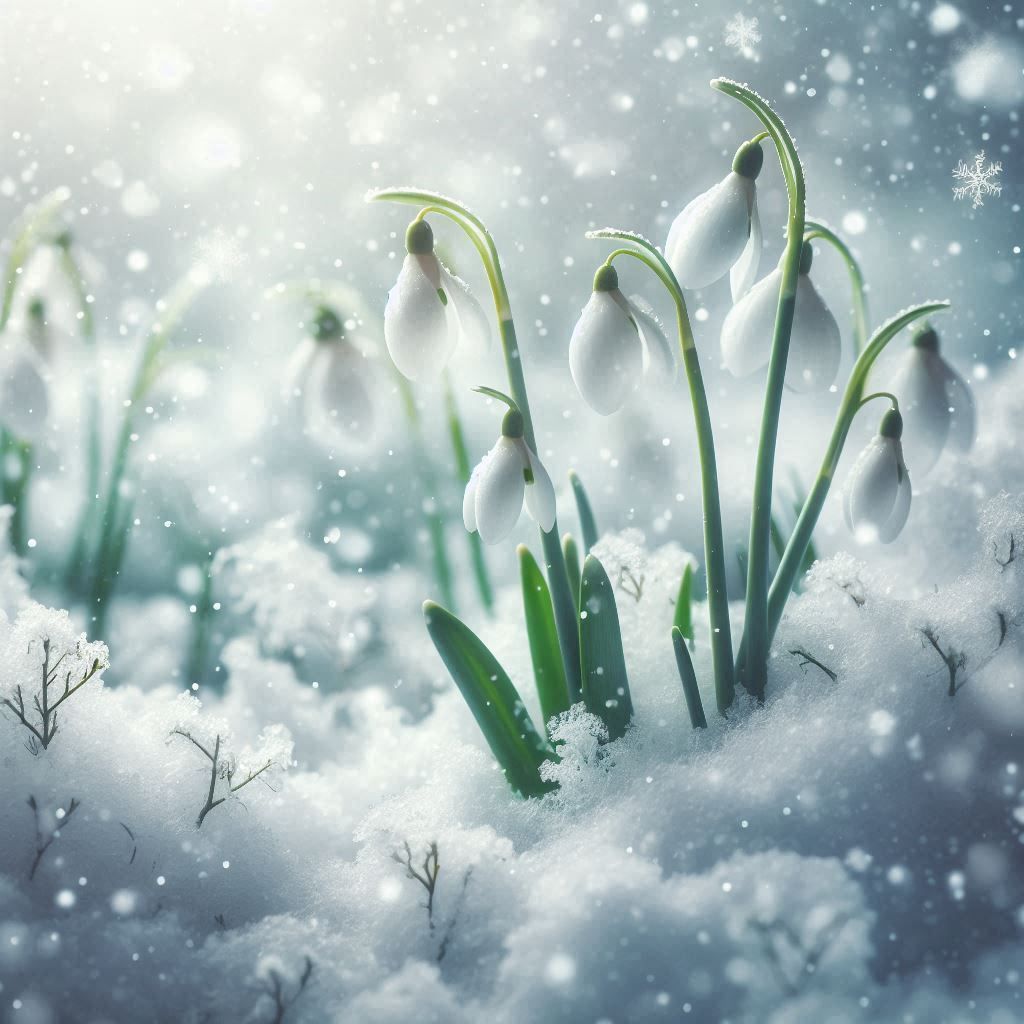The Dark, Bright Skies of Cherry Springs
Above Lightfall Hollow, in the moonless sky of crystal-clear nights, there was a time not too long ago when the Milky Way was visible. But it has been several years now since that ethereal beauty with the softly glowing complexion has made an appearance in my neck of the woods. Even here in a woodland hollow with the closest neighbors more than a mile away and every light in my power to kill killed, the artificial trappings of civilization pollute the dark and obscure one of nature’s most wondrous sights.
So, I was delighted when, a couple of years ago, I happened upon an article about Cherry Springs State Park in northcentral Pennsylvania’s relatively undeveloped Potter County.
Cherry Springs, named for the large stand of black cherry trees originally found in the park, is certified by the International Dark Sky Association as a Dark Sky Park, the second such certified park in the United States and the only one on the East Coast. In 2017, the Smithsonian magazine ranked it as one of the eight best places in the world for celestial gazing. Its astronomy field, a former airplane landing strip carved from a mountaintop and surrounded by the Susquehanna State Forest, affords an unobstructed 360-degree view. Under optimum conditions, it is said that as many as ten thousand stars can be seen by the human eye, and the Milky Way can be so bright it casts shadows. With proper equipment, planets and nebulae can be viewed in vivid detail. In certain auspicious years, around September’s Autumnal Equinox, the Aurora Borealis, or Northern Lights show up.
However, as you might surmise, most nights of any given year at Cherry Springs do not have the cloudless, moonless sky and low levels of atmospheric water vapor that liberate heavenly bodies to reveal themselves in all their naked glory. This dearth of fair, dark nights at Cherry Springs is something I can personally affirm. Since periodically for the past two years, I have been getting on the park’s website and checking its Clear Sky Chart. Frustratingly, during most of this time, on the rare occasions when Mother Nature seemed in the mood and ready to grant my star-filled wish, I would have other things to do of a more obligatory sort. But finally, a few weeks ago, I got lucky.
The Clear Sky Chart predicted the night of December 14, 2023 – a night that I was on schedule to have free – to be nearly moonless, cloudless, and vaporless. Moreover, I knew from a news report that Mother Nature had another heavenly gift she was giving away that night, the peaking of the Geminid meteor shower.
So, on December 14, off I went to Cherry Springs State Park. I got there shortly after sunset, but already multitudes of dazzling solitary stars bejeweled the sky, many seeming close enough to touch and, if bling were my thing, maybe even snatch and wear. While more distant stars, along with clouds of galactic gas and dust appeared to unite to form the spangled path through darkness known as the Milky Way.
Although the Milky Way, like so many things in this world, has a lot of names. One of them, the Backbone of Night, from the indigenous people of the Kalahari Desert of Southern Africa is, in my opinion, one of the all-time greats. Because that bumpy cord of starred clouds does look to me like a spine running through the body of the firmament, and so much like our own backbones, paradoxically delicate and strong.
Still, the Milky Way is a great name too. It has come down to us from ancient Greece and a Hellenic creation myth that claims it to be breastmilk that was splashed across the sky by Hera, the Olympian queen and goddess protector of marriage, women, and childbirth. Although there are a couple of mythological versions as to why Hera showered our galaxy with her mother’s milk, and both reasons given are quite unmotherly, in the myth of my creation, I would propose an opposite explanation for Hera’s actions. I would suggest that she was following her maternal instincts to protect and sustain our world, and she did so in a most motherly way.
Well, there you have my mythological two cents. I guess I came up with it because, when I look at the Milky Way, I do feel protected and sustained.
As for the meteor shower, I’ve seen meteor showers before, but nothing like the Geminid meteor shower of December 14, 2023 at Cherry Springs State Park. It was embarrassing the way I kept letting out spontaneous gasps of amazement and squeals of delight that I just could not get under control, even though there were other people present, and I feared I was being rude and spoiling the show for everyone else. But I couldn’t stop myself, and thankfully, I could hear some same spoutings of wonder coming out of my fellow gapers.
It was not just the intensity of the shower and the frequency of the meteors or how near, bold, and long some of them appeared. It was also that many of the meteors had colors of pale, but striking red, green, and blue. Another one of the meteors I saw looked like it was in golden flames.
I learned later, after some research, that the colors were because the source of the Geminids is an asteroid. Most meteor showers have as their source a comet. A comet is composed of ice, dust, and gas. While an asteroid is essentially a rock with some metallic elements. When a small piece of an asteroid breaks off, usually from a collision with another asteroid, it becomes a meteoroid, and when that meteoroid enters the Earth’s atmosphere and begins to burn up, it becomes a meteor. The igniting of the metals in an asteroid meteor is what produces the colors.
The asteroid the Geminid meteors originate from is called Phaethon. That name also connects the empyrean to ancient Greek mythology. Because, according to the Hellenes, Phaethon was the son of their sun god, Helios.
Phaethon doubted that Helios was really his father. To prove their relationship, Phaethon asked to drive the sun’s chariot. Helios granted his son’s wish, but it was a big mistake. Since Phaethon lost control of the horses, putting our world in catastrophic danger from a sun gone rogue. But Zeus, the Olympian king, saved Earth by striking down Phaethon with his lightning bolt. Upon being struck, Phaethon fell from the chariot, his body on fire. Thus, as I imagine it, the Geminid meteor shower was born.
I enjoy learning myths. I like how getting to know them kindles my imagination and makes me wonder. Which is probably why, as evidenced in my altering of the Hera myth, as well as my adding to the Phaethon myth, I can be shameless in how I sometimes twist and turn a certain myth to suit what I intuit and try to do what is not wholly possible, to put those gut feelings into words. But that’s what one does with myths. Along with folktales too. I think that’s what keeps such stories alive and ever full of meaning.
On the other hand, I have very little knowledge of astronomy. I can’t even name the constellations, much less locate them in the night sky. What I can spot are the Big Dipper, Little Dipper, the Pleiades of seven sisters fame, the moon, along with its man and rabbit, and, as you would expect, the Milky Way of my desire. And that’s about it.
I didn’t even know until my recent research after the Geminid meteor shower of December 14 that the Milky Way is not only the name for the illusive coalescing light of distant stars, it is also the name for our entire galaxy, which includes every star we can see and what NASA estimates as one hundred billion more stars that we cannot see because they are too far away, too faint, or hidden by clouds of cosmic gas.
I personally find it confusing for the exact same name to be both for something and the something that encompasses it. Makes me think that perhaps someone got a little lazy with their naming responsibilities.
I may not know much about astronomy, but what I do know is that when I see the stars, whether they be stationary or shooting, solitary or grouped, when I see the vastness of a black, radiant sky, the tiny fragment of an unmeasurable dark, bright universe, I don’t feel small. I feel big. I don’t feel alone. I feel connected. I don’t feel insignificant. I feel valuable. I don’t feel meaningless. I feel needed.
Most of all, I feel what the poet, William Wordsworth, dubbed for us mortals as “our life’s Star.” And I wish with all my might upon that star of light.
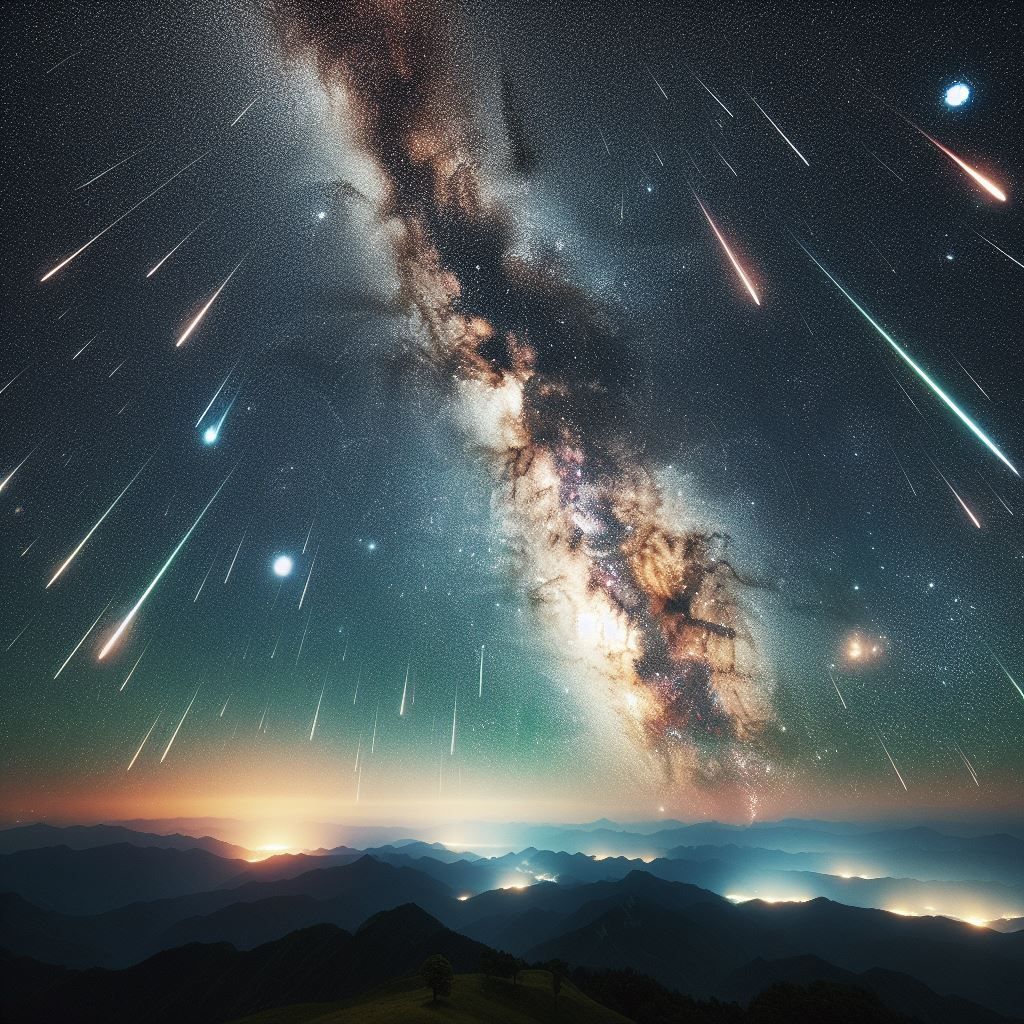
Credit: Bing Image Generator
Share this post via


